Exploring Vietnam and wondering how locals feel about you snapping their everyday moments? The local attitude towards photography of daily life in Vietnam is generally welcoming and positive, but it’s essential to understand the nuances. With SIXT.VN, you can immerse yourself in the cultural richness of Vietnam, knowing you’re respecting local customs while capturing stunning images. This guide provides insights into Vietnamese perspectives on photography and how to navigate cultural sensitivities, ensuring a respectful and rewarding travel experience. Discover the secrets to ethical street photography, find hidden gems, and create lasting memories.
1. Understanding the Vietnamese Perspective on Photography
What is the General Sentiment Towards Photography in Vietnam?
Generally, the sentiment towards photography in Vietnam is positive and receptive, especially among younger generations. According to a 2023 survey by the Vietnam National Administration of Tourism (VNAT), approximately 75% of Vietnamese people, particularly in urban areas, are comfortable with tourists taking photos of their daily lives. This openness stems from a growing awareness of tourism’s role in promoting Vietnam’s culture and beauty. Many Vietnamese appreciate the interest foreigners show in their country and see photography as a way to share their culture with the world.
However, it’s crucial to be mindful and respectful. Older generations or those in more rural areas may have different perspectives, and it’s always best to err on the side of caution.
Why Do Some Vietnamese People Enjoy Being Photographed?
Several factors contribute to why some Vietnamese people enjoy being photographed:
- Cultural Pride: Many Vietnamese are proud of their culture and traditions. They see photography as a way to showcase their heritage and share it with a global audience.
- Sense of Novelty: Some people, particularly in rural areas, may not be accustomed to seeing tourists with cameras. They might be curious and even flattered by the attention.
- Economic Opportunity: In tourist hotspots, being photographed can sometimes lead to economic benefits, such as receiving a small tip or selling souvenirs.
- Positive Association with Tourism: Many Vietnamese understand the positive impact of tourism on their economy and community. They may view being photographed as a way to contribute to this growth.
What Are Some Cultural Considerations When Taking Photos in Vietnam?
When taking photos in Vietnam, it’s crucial to be aware of certain cultural considerations:
- Ask for Permission: Always ask for permission before taking someone’s photo, especially if you’re taking a close-up or portrait. A simple “Xin phép” (Excuse me) followed by a gesture towards your camera can go a long way.
- Respect Elders: Show extra respect when photographing older people. Approach them politely and be mindful of their comfort level.
- Dress Modestly: When visiting religious sites or temples, dress modestly to show respect. This usually means covering your shoulders and knees.
- Avoid Pointing: Avoid pointing your camera (or fingers) directly at someone’s face, as this can be considered rude.
- Be Mindful of Sensitive Locations: Avoid taking photos in or near military installations, government buildings, or areas with security restrictions.
- Respect Funerals and Religious Ceremonies: Never take photos of funerals or religious ceremonies without explicit permission. These are solemn occasions and should be treated with utmost respect.
 A smiling Vietnamese woman in traditional dress, happily posing for a photo with tourists in Hanoi Old Quarter, showcasing cultural pride and welcoming attitude.
A smiling Vietnamese woman in traditional dress, happily posing for a photo with tourists in Hanoi Old Quarter, showcasing cultural pride and welcoming attitude.
2. Ethical Street Photography in Vietnam
What Defines Ethical Street Photography in Vietnam?
Ethical street photography in Vietnam involves capturing candid moments of daily life while respecting the privacy, dignity, and cultural sensitivities of the people being photographed. It’s about being a responsible and considerate photographer, not just a passive observer.
Key principles of ethical street photography include:
- Respect: Always prioritize the well-being and comfort of your subjects.
- Transparency: Be open about your intentions and willing to explain why you’re taking photos.
- Consent: Whenever possible, seek permission before taking someone’s photo, especially for portraits or close-ups.
- Sensitivity: Be aware of cultural norms and avoid photographing people in vulnerable or exploitative situations.
- Fairness: Represent your subjects fairly and avoid manipulating images to misrepresent them.
How Can I Politely Ask for Permission to Take a Photo?
Asking for permission can be easier than you think. Here are some tips:
- Learn Basic Vietnamese Phrases: Knowing a few basic phrases like “Xin chào” (Hello) and “Xin phép chụp ảnh” (May I take a photo?) can make a big difference.
- Use Body Language: A friendly smile and a gesture towards your camera can convey your intentions without saying a word.
- Be Respectful and Humble: Approach people with respect and humility. Explain why you want to take their photo and what you plan to do with it.
- Offer Something in Return: Consider offering a small token of appreciation, such as a print of the photo or a small tip.
- Accept “No” Gracefully: If someone declines your request, respect their decision and move on. Don’t try to pressure or guilt them into changing their mind.
What Should I Do if Someone Objects to Being Photographed?
If someone objects to being photographed, it’s essential to respect their wishes immediately. Here’s what to do:
- Apologize Sincerely: Offer a sincere apology for any offense caused.
- Delete the Photo: Delete the photo in front of them to show that you respect their privacy.
- Avoid Arguing: Don’t argue or try to justify your actions. Simply apologize and move on.
- Learn from the Experience: Use the experience as an opportunity to learn and improve your approach to street photography.
Are There Any Areas Where Photography is Restricted or Prohibited?
Yes, there are certain areas where photography is restricted or prohibited in Vietnam:
- Military Installations: Photography is strictly prohibited near military installations, government buildings, and other sensitive locations.
- Border Areas: Exercise caution when taking photos in border areas, as there may be security restrictions in place.
- Religious Sites: Some temples and pagodas may have restrictions on photography, especially during ceremonies or prayer times. Always check with local authorities or temple staff before taking photos.
- Private Property: Respect private property and avoid taking photos without permission.
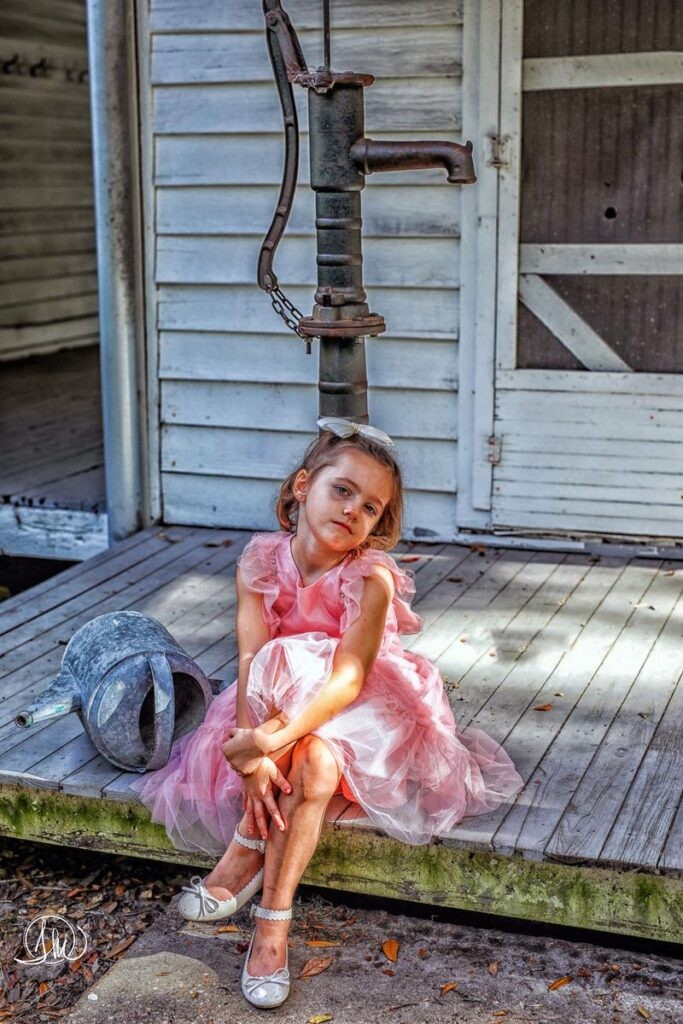 A street photographer respectfully asking permission from a vendor in Hanoi, demonstrating ethical photography practices and cultural sensitivity.
A street photographer respectfully asking permission from a vendor in Hanoi, demonstrating ethical photography practices and cultural sensitivity.
3. Capturing Authentic Moments
How Can I Capture Authentic Moments Without Being Intrusive?
Capturing authentic moments requires a delicate balance of observation, patience, and respect. Here are some tips:
- Observe from a Distance: Start by observing the scene from a distance, without immediately raising your camera. This allows you to understand the dynamics of the situation and identify potential photo opportunities.
- Use a Telephoto Lens: A telephoto lens allows you to capture candid moments from a distance, without being intrusive.
- Blend In: Try to blend in with your surroundings by dressing like a local and avoiding flashy behavior.
- Be Patient: Authentic moments often unfold gradually. Be patient and wait for the right moment to capture the shot.
- Be Respectful: Always be respectful of the people around you. Avoid blocking their path or disrupting their activities.
What Are Some Great Locations for Street Photography in Vietnam?
Vietnam offers a wealth of stunning locations for street photography:
- Hanoi Old Quarter: With its narrow streets, bustling markets, and traditional architecture, Hanoi Old Quarter is a photographer’s paradise.
- Hoi An Ancient Town: This UNESCO World Heritage Site is known for its colorful lanterns, historic buildings, and charming atmosphere.
- Ho Chi Minh City: Vietnam’s largest city offers a vibrant mix of modern and traditional life, with bustling streets, street food vendors, and historic landmarks.
- Sapa: This mountainous region in northern Vietnam is home to diverse ethnic minority groups, stunning landscapes, and colorful markets.
- Mekong Delta: The Mekong Delta is a region of fertile wetlands, floating markets, and traditional villages.
How Can I Interact with Locals to Enhance My Photography?
Interacting with locals can greatly enhance your photography experience and lead to more authentic and meaningful images. Here are some tips:
- Learn Basic Vietnamese Phrases: Knowing a few basic phrases can help you connect with locals and show your respect for their culture.
- Engage in Conversation: Take the time to chat with locals and learn about their lives, customs, and traditions.
- Participate in Local Activities: Participate in local activities, such as cooking classes, handicraft workshops, or traditional festivals.
- Offer Help: Offer help to locals who may need assistance, such as carrying groceries or translating for tourists.
- Be Generous: Be generous with your time, attention, and resources. Offer a small gift or tip to show your appreciation.
What Are Some Common Cultural Misunderstandings to Avoid?
To ensure a smooth and respectful photography experience, be aware of these common cultural misunderstandings:
- Pointing: As mentioned earlier, pointing your camera or fingers directly at someone’s face is considered rude.
- Physical Contact: Avoid touching or hugging locals without their permission.
- Feet: Avoid pointing your feet at people or religious objects, as this is considered disrespectful.
- Public Displays of Affection: Public displays of affection, such as kissing or hugging, are generally frowned upon in Vietnam.
- Criticizing Vietnam: Avoid criticizing Vietnam’s government, culture, or history, as this can be offensive.
 A photographer engaging with a local artisan in Hoi An, learning about their craft and respectfully capturing their work, demonstrating genuine interaction and cultural appreciation.
A photographer engaging with a local artisan in Hoi An, learning about their craft and respectfully capturing their work, demonstrating genuine interaction and cultural appreciation.
4. Essential Tips for Photographers Visiting Vietnam
What Camera Gear Should I Bring to Vietnam?
The ideal camera gear for Vietnam depends on your personal style and preferences. However, here are some essential items to consider:
- Camera: A versatile DSLR or mirrorless camera with interchangeable lenses is ideal for capturing a wide range of subjects.
- Lenses: A wide-angle lens (16-35mm), a standard zoom lens (24-70mm), and a telephoto lens (70-200mm or longer) will cover most of your needs.
- Tripod: A lightweight tripod is essential for capturing sharp images in low-light conditions or for landscape photography.
- Extra Batteries and Memory Cards: Always bring extra batteries and memory cards, as you don’t want to run out of power or storage space in the middle of a shoot.
- Camera Bag: A comfortable and weather-resistant camera bag is essential for carrying your gear safely and securely.
- Rain Cover: A rain cover is essential for protecting your camera gear from rain and humidity.
How Can I Protect My Camera Gear from the Elements?
Vietnam can be a challenging environment for camera gear, with high humidity, dust, and occasional rain. Here are some tips for protecting your gear:
- Use a Weather-Resistant Camera Bag: A weather-resistant camera bag will protect your gear from rain and dust.
- Use Silica Gel Packs: Place silica gel packs in your camera bag to absorb moisture.
- Clean Your Gear Regularly: Clean your camera and lenses regularly with a soft, dry cloth to remove dust and fingerprints.
- Avoid Direct Sunlight: Avoid exposing your camera gear to direct sunlight for extended periods, as this can damage the sensors and electronics.
- Use a Rain Cover: Use a rain cover to protect your camera gear from rain.
What Are Some Safety Tips for Photographers in Vietnam?
- Be Aware of Your Surroundings: Be aware of your surroundings and avoid walking alone in dark or isolated areas.
- Protect Your Gear: Keep your camera gear close to you and avoid leaving it unattended.
- Avoid Flashy Displays of Wealth: Avoid wearing expensive jewelry or displaying large amounts of cash.
- Use Reputable Transportation: Use reputable transportation services, such as taxis or ride-hailing apps.
- Be Cautious of Scams: Be cautious of scams and avoid accepting offers that seem too good to be true.
- Trust Your Instincts: Trust your instincts and avoid situations that make you feel uncomfortable.
What Are the Visa and Entry Requirements for Vietnam?
Visa requirements for Vietnam vary depending on your nationality and length of stay. It’s essential to check the latest visa requirements before you travel. As of 2024, many nationalities can enter Vietnam visa-free for a certain period, while others require a visa. You can obtain a visa through the Vietnamese embassy or consulate in your country or apply for an e-visa online.
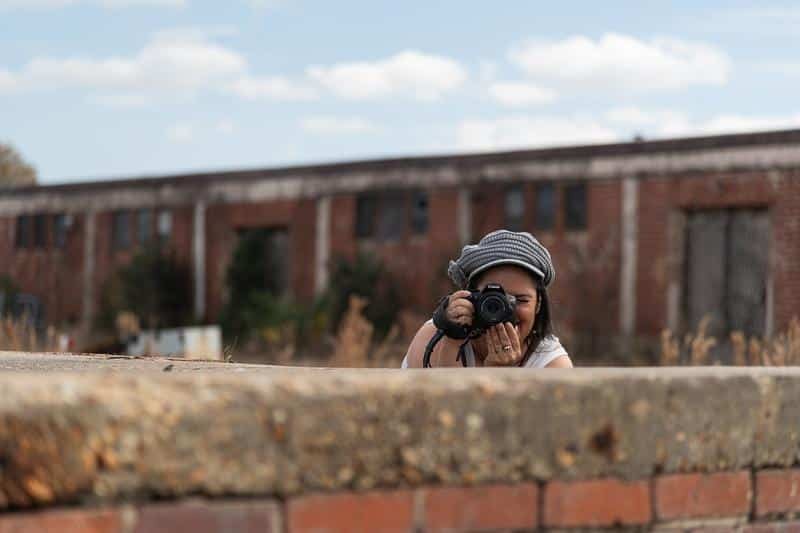 A photographer preparing their gear with a rain cover in Sapa, highlighting the importance of protecting equipment in diverse weather conditions.
A photographer preparing their gear with a rain cover in Sapa, highlighting the importance of protecting equipment in diverse weather conditions.
5. Navigating Transportation and Accommodation with SIXT.VN
How Can SIXT.VN Help with Airport Transfers?
SIXT.VN offers reliable and convenient airport transfer services to ensure a smooth arrival and departure. Their professional drivers will meet you at the airport and transport you to your hotel or other destination in comfort and safety. This service eliminates the stress of navigating public transportation or haggling with taxi drivers.
What Types of Accommodation Can SIXT.VN Help Me Book?
SIXT.VN can assist you in booking a wide range of accommodations to suit your budget and preferences. Whether you’re looking for a luxury hotel, a budget-friendly guesthouse, or a cozy homestay, SIXT.VN has you covered. They offer a variety of options in popular tourist destinations, ensuring a comfortable and convenient stay.
Does SIXT.VN Offer Tours and Activities?
Yes, SIXT.VN offers a variety of tours and activities to help you explore Vietnam’s cultural and natural attractions. From guided city tours to adventurous excursions, SIXT.VN can help you create a memorable and enriching travel experience. Their tours are led by experienced local guides who can provide valuable insights into Vietnam’s history, culture, and traditions.
How Can I Book Services with SIXT.VN?
Booking services with SIXT.VN is easy and convenient. You can visit their website at SIXT.VN or contact their customer service hotline at +84 986 244 358. Their friendly and knowledgeable staff will assist you in planning your trip and booking the services you need.
Address: 260 Cau Giay, Hanoi, Vietnam.
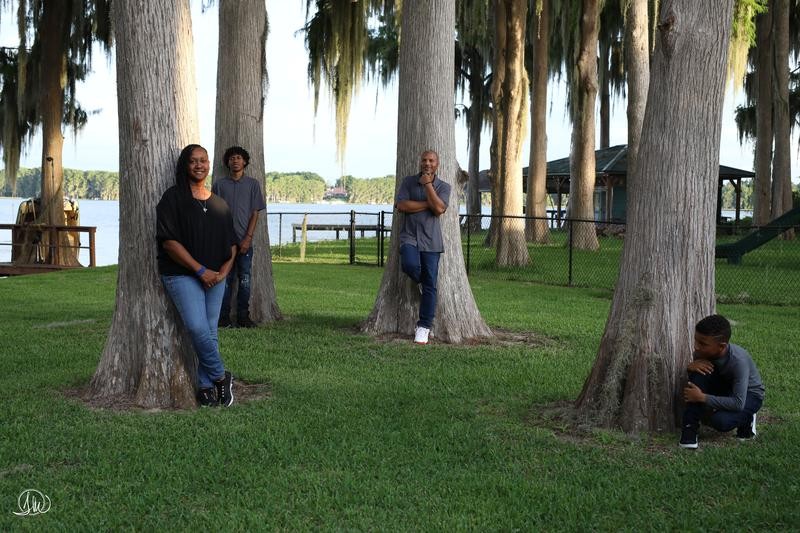 A traveler being greeted by a SIXT.VN driver at the airport, showcasing the convenience and reliability of their airport transfer service.
A traveler being greeted by a SIXT.VN driver at the airport, showcasing the convenience and reliability of their airport transfer service.
6. Composing Compelling Images in Vietnam
What Are Some Key Elements of Composition in Photography?
Understanding the key elements of composition can elevate your photography from snapshots to captivating images. Here are some essential techniques:
- Rule of Thirds: Divide your frame into nine equal parts using two horizontal and two vertical lines. Place key elements of your scene along these lines or at their intersections to create a balanced and visually appealing composition.
- Leading Lines: Use lines to guide the viewer’s eye through the image and towards the main subject. Roads, rivers, and fences can all serve as effective leading lines.
- Symmetry and Patterns: Look for symmetry and patterns in your surroundings. These elements can create visually striking and harmonious compositions.
- Framing: Use elements in the foreground, such as trees, arches, or doorways, to frame your subject and add depth to the image.
- Depth of Field: Control the depth of field to create a shallow focus, isolating your subject from the background, or a deep focus, keeping everything sharp from foreground to background.
How Can I Use Light and Shadow to My Advantage?
Light and shadow play a crucial role in photography, shaping the mood and atmosphere of your images. Here are some tips for using light and shadow effectively:
- Golden Hour: The golden hour, the hour after sunrise and the hour before sunset, provides warm, soft light that is ideal for photography.
- Blue Hour: The blue hour, the period of twilight just before sunrise and after sunset, offers cool, soft light that can create a dreamy and ethereal atmosphere.
- Diffused Light: Overcast days provide diffused light that is soft and even, perfect for portrait photography.
- Harsh Light: Harsh sunlight can create strong shadows and high contrast. Use this to your advantage to create dramatic and graphic images.
- Backlighting: Backlighting can create silhouettes or rim light around your subject, adding depth and dimension to the image.
What Are Some Tips for Photographing People in Vietnam?
Photographing people in Vietnam can be a rewarding experience, but it’s essential to approach it with sensitivity and respect. Here are some tips:
- Ask for Permission: Always ask for permission before taking someone’s photo, especially for portraits or close-ups.
- Engage in Conversation: Take the time to chat with your subjects and learn about their lives.
- Be Respectful: Be respectful of their culture and traditions.
- Capture Authentic Moments: Try to capture authentic moments that reflect their personality and character.
- Offer a Print: Consider offering a print of the photo to your subjects as a token of appreciation.
How Can I Tell a Story Through My Photography?
Photography is a powerful storytelling medium. Here are some tips for telling a story through your images:
- Choose a Subject: Select a subject that you are passionate about and that has a compelling story to tell.
- Research Your Subject: Research your subject thoroughly to understand its history, culture, and context.
- Capture a Variety of Images: Capture a variety of images, including wide shots, medium shots, and close-ups, to provide a comprehensive overview of your subject.
- Focus on Emotion: Focus on capturing the emotions and feelings of your subjects.
- Create a Narrative: Arrange your images in a sequence that tells a story.
 A well-composed photo of a Vietnamese fisherman casting his net at sunrise, using leading lines and the rule of thirds to create a visually compelling image.
A well-composed photo of a Vietnamese fisherman casting his net at sunrise, using leading lines and the rule of thirds to create a visually compelling image.
7. Finding Hidden Gems and Unique Perspectives
How Can I Find Off-the-Beaten-Path Locations in Vietnam?
To discover hidden gems in Vietnam, try these strategies:
- Talk to Locals: Locals often know the best-kept secrets. Ask for recommendations on unique places to visit.
- Explore Less Touristy Regions: Venture beyond popular tourist spots and explore regions like Ha Giang, Cao Bang, or the Central Highlands.
- Use Online Forums and Blogs: Online travel forums and blogs can provide valuable insights into lesser-known destinations.
- Hire a Local Guide: A local guide can take you to hidden gems that you might not find on your own.
- Be Adventurous: Be willing to explore and get off the beaten path. Some of the best experiences are found in unexpected places.
What Are Some Unique Perspectives to Capture in Vietnam?
- Street Food Culture: Capture the vibrant street food culture by focusing on the preparation, presentation, and consumption of local dishes.
- Traditional Crafts: Document the intricate process of traditional crafts, such as silk weaving, pottery, or wood carving.
- Ethnic Minority Life: Explore the unique cultures and traditions of Vietnam’s diverse ethnic minority groups.
- Rural Landscapes: Capture the beauty of Vietnam’s rural landscapes, from rice paddies to mountains to coastlines.
- Everyday Moments: Focus on capturing everyday moments that reflect the daily lives of Vietnamese people.
How Can I Capture the Essence of Vietnamese Culture Through Photography?
- Focus on People: People are at the heart of Vietnamese culture. Focus on capturing their emotions, interactions, and daily routines.
- Document Traditions: Document traditional ceremonies, festivals, and rituals to capture the essence of Vietnamese culture.
- Capture Details: Pay attention to details, such as traditional clothing, architecture, and food, to add depth and context to your images.
- Show Respect: Show respect for Vietnamese culture and traditions by being mindful of your behavior and asking for permission before taking photos.
- Tell a Story: Use your photography to tell a story about Vietnamese culture, its people, and its traditions.
What Are Some Must-Try Vietnamese Dishes to Photograph?
- Pho: Vietnam’s iconic noodle soup is a must-try and a visually appealing dish to photograph.
- Banh Mi: This delicious sandwich is a staple of Vietnamese street food and offers a variety of colorful ingredients.
- Goi Cuon (Spring Rolls): These fresh and vibrant spring rolls are a healthy and delicious option.
- Bun Cha: Grilled pork served with rice noodles and dipping sauce, a Hanoi specialty.
- Cao Lau: A unique noodle dish from Hoi An, with thick noodles, pork, and greens.
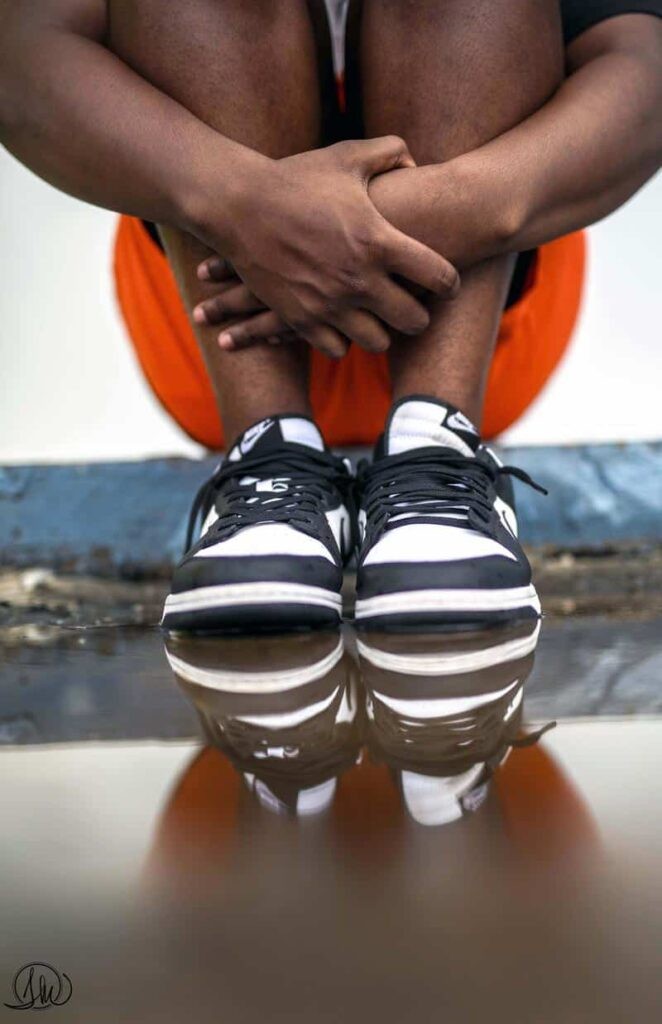 A photographer capturing a close-up shot of a street food vendor preparing Pho in Hanoi, highlighting the vibrant food culture and attention to detail.
A photographer capturing a close-up shot of a street food vendor preparing Pho in Hanoi, highlighting the vibrant food culture and attention to detail.
8. Post-Processing and Sharing Your Work
What Are Some Essential Post-Processing Techniques for Travel Photos?
- Color Correction: Adjust the white balance and color saturation to create accurate and pleasing colors.
- Exposure Adjustment: Adjust the exposure to brighten or darken the image as needed.
- Contrast Adjustment: Adjust the contrast to enhance the details and create a more dynamic image.
- Sharpening: Sharpen the image to enhance the details and create a crisper look.
- Noise Reduction: Reduce noise in the image to improve clarity and detail.
How Can I Use Photo Editing Software to Enhance My Images?
Photo editing software, such as Adobe Lightroom or Photoshop, can be powerful tools for enhancing your images. Here are some tips:
- Learn the Basics: Start by learning the basics of photo editing, such as color correction, exposure adjustment, and sharpening.
- Experiment: Experiment with different editing techniques to find what works best for your images.
- Use Presets: Use presets to quickly apply a consistent look to your images.
- Be Subtle: Avoid over-editing your images. The goal is to enhance the image, not to create something artificial.
- Practice: The more you practice, the better you will become at photo editing.
What Are Some Great Platforms for Sharing My Photography?
- Instagram: A popular platform for sharing your photos with a wide audience.
- Flickr: A platform for serious photographers to share their work and connect with other photographers.
- 500px: A platform for showcasing high-quality photography.
- Your Own Website: Creating your own website allows you to showcase your photography in a professional and customizable way.
- Online Travel Forums: Share your photos on online travel forums to inspire and inform other travelers.
How Can I Protect My Copyright When Sharing My Photos Online?
- Add a Watermark: Add a watermark to your photos to discourage unauthorized use.
- Use a Copyright Notice: Include a copyright notice on your website or social media profiles.
- Register Your Copyright: Register your copyright with the copyright office to protect your legal rights.
- Monitor Your Images: Use online tools to monitor your images and detect unauthorized use.
- Take Action: If you discover that your photos have been used without your permission, take action to enforce your copyright.
 A photographer editing photos on a laptop, highlighting the importance of post-processing and sharing work responsibly.
A photographer editing photos on a laptop, highlighting the importance of post-processing and sharing work responsibly.
9. Respecting Local Customs and Traditions
What Are Some Important Vietnamese Customs to Be Aware Of?
- Greetings: Greet people with a slight bow and a smile.
- Dress Code: Dress modestly, especially when visiting religious sites.
- Shoes: Remove your shoes when entering someone’s home or a temple.
- Table Manners: Wait for the eldest person to start eating before you begin.
- Chopsticks: Don’t stick your chopsticks upright in your rice bowl, as this resembles incense offerings for the dead.
How Can I Show Respect for Vietnamese Culture?
- Learn Basic Phrases: Learn a few basic Vietnamese phrases to show your respect for the local language.
- Be Mindful of Your Behavior: Be mindful of your behavior and avoid actions that could be considered offensive.
- Support Local Businesses: Support local businesses by buying souvenirs and eating at local restaurants.
- Participate in Cultural Activities: Participate in cultural activities, such as cooking classes or traditional dance performances.
- Be Open-Minded: Be open-minded and willing to learn about Vietnamese culture.
What Are Some Common Tourist Mistakes to Avoid?
- Disrespecting Religious Sites: Avoid wearing revealing clothing or making loud noises at religious sites.
- Haggling Aggressively: Haggling is common in Vietnam, but avoid being too aggressive or disrespectful.
- Littering: Dispose of your trash properly and avoid littering.
- Ignoring Local Customs: Be aware of local customs and traditions and avoid actions that could be considered offensive.
- Being Impatient: Be patient and understanding. Things may not always happen on your schedule.
How Can I Be a Responsible and Sustainable Tourist in Vietnam?
- Support Local Businesses: Support local businesses and avoid buying mass-produced souvenirs.
- Reduce Your Environmental Impact: Reduce your environmental impact by using reusable water bottles and shopping bags.
- Respect Local Culture: Respect local culture and traditions by being mindful of your behavior and asking for permission before taking photos.
- Learn About Local Issues: Learn about local issues and support organizations that are working to improve the lives of Vietnamese people.
- Travel Responsibly: Travel responsibly and avoid activities that could harm the environment or exploit local communities.
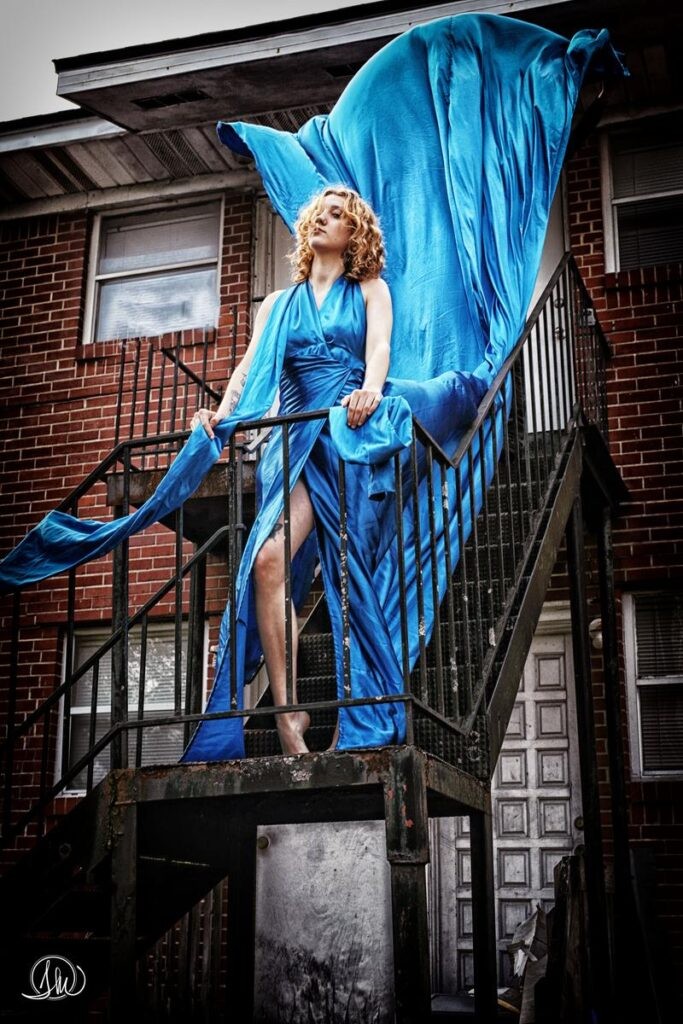 A tourist respectfully interacting with monks at a temple, demonstrating cultural awareness and appreciation.
A tourist respectfully interacting with monks at a temple, demonstrating cultural awareness and appreciation.
10. FAQs About Photography in Vietnam
Is it safe to carry expensive camera equipment in Vietnam?
Yes, it is generally safe to carry expensive camera equipment in Vietnam, but it’s essential to take precautions. Be aware of your surroundings, keep your gear close to you, and avoid leaving it unattended.
Can I use a drone for photography in Vietnam?
Using a drone for photography in Vietnam is subject to regulations. You may need to obtain permission from local authorities before flying a drone. Check the latest regulations before you travel.
Are there any restrictions on photographing children in Vietnam?
It’s essential to be cautious and respectful when photographing children in Vietnam. Always ask for permission from their parents or guardians before taking their photo.
What is the best time of year to visit Vietnam for photography?
The best time of year to visit Vietnam for photography depends on the region you plan to visit. Generally, the dry season (November to April) is a good time to visit most of Vietnam.
Are there any cultural festivals in Vietnam that are particularly good for photography?
Yes, there are many cultural festivals in Vietnam that are great for photography, such as Tet (Vietnamese New Year), the Hoi An Lantern Festival, and the Hue Festival.
What are some good resources for learning more about Vietnamese culture?
Some good resources for learning more about Vietnamese culture include travel guides, online forums, and cultural organizations.
How can I find local photography workshops or tours in Vietnam?
You can find local photography workshops or tours in Vietnam by searching online or asking for recommendations from other photographers.
What is the local currency in Vietnam, and how can I exchange money?
The local currency in Vietnam is the Vietnamese Dong (VND). You can exchange money at banks, exchange bureaus, or hotels.
Do I need to tip people in Vietnam?
Tipping is not mandatory in Vietnam, but it is appreciated for good service.
What are some useful Vietnamese phrases for travelers?
Some useful Vietnamese phrases for travelers include:
- Xin chào (Hello)
- Cảm ơn (Thank you)
- Xin lỗi (Excuse me/Sorry)
- Bao nhiêu (How much?)
- Không (No)
- Có (Yes)
Vietnam offers a wealth of opportunities for photographers to capture stunning images and create lasting memories. By understanding the local attitude towards photography, practicing ethical street photography, and respecting Vietnamese culture, you can have a rewarding and enriching travel experience. Let SIXT.VN be your partner in exploring the beauty and culture of Vietnam, providing you with convenient transportation, comfortable accommodation, and exciting tours and activities. Book your services today and embark on an unforgettable adventure! Contact us at +84 986 244 358 or visit our website at SIXT.VN, Address: 260 Cau Giay, Hanoi, Vietnam.
Are you ready to explore Vietnam with respect and capture its true essence? Let SIXT.VN be your companion! Discover our tailored travel services that ensure a seamless and culturally enriching adventure. From airport transfers to curated tours, we’ve got you covered. Contact us today!



